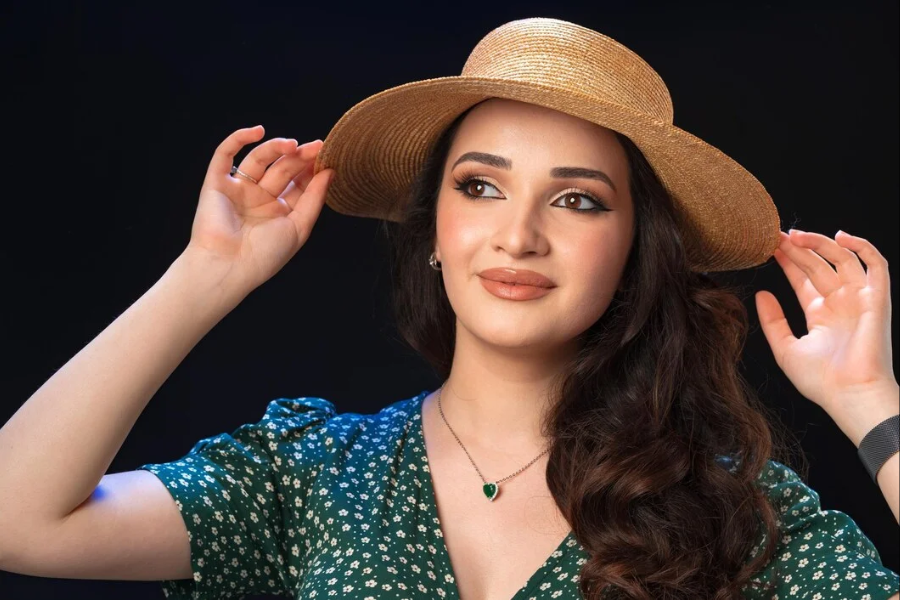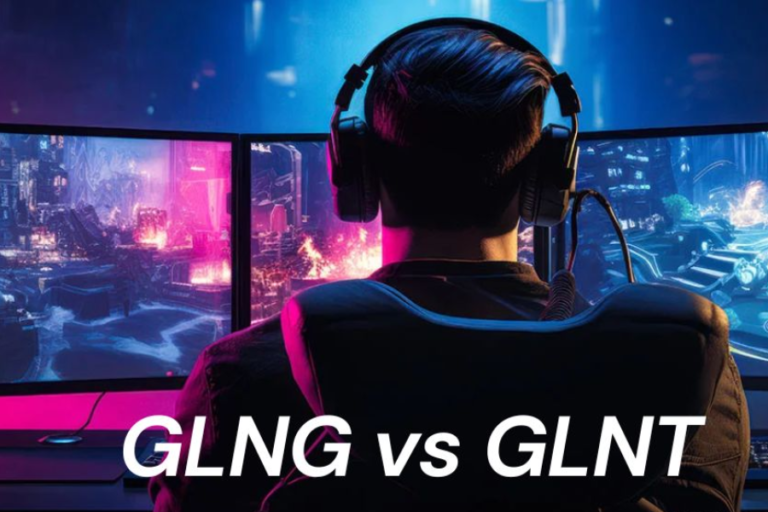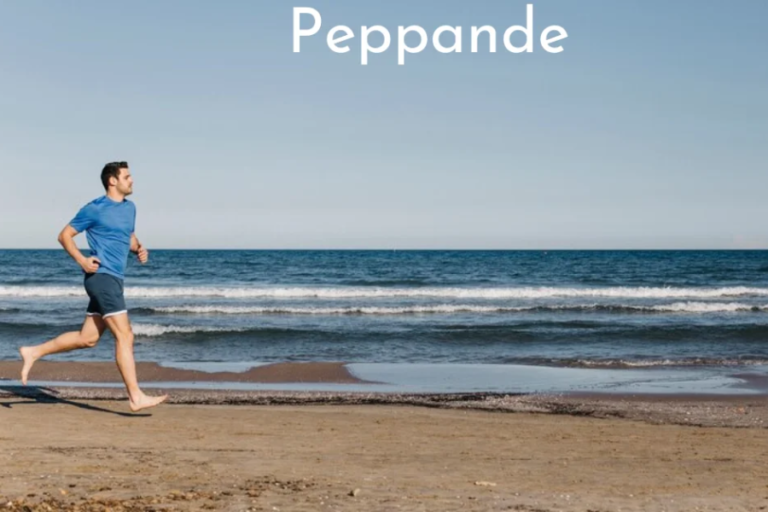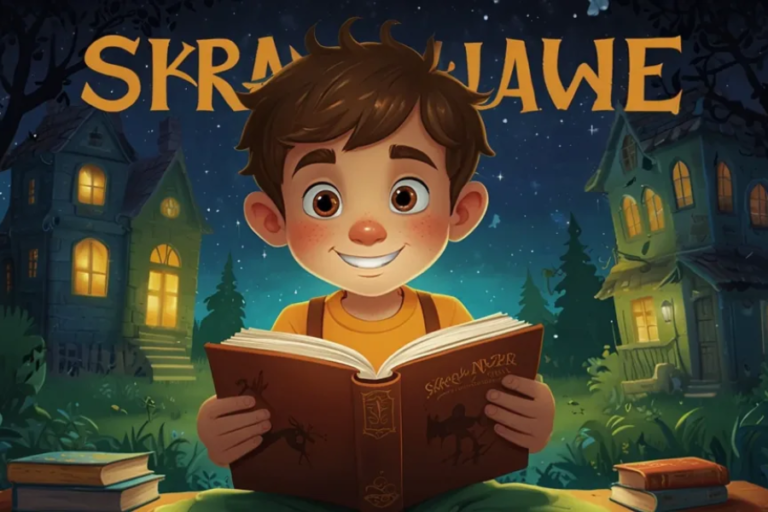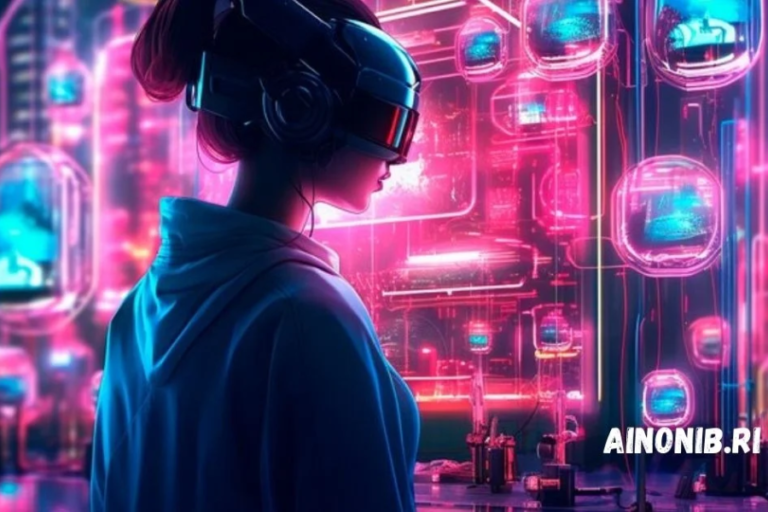Unleashing AI’s Potential: An All-Inclusive Manual for Captioning Models and the Function of “ofamodelforcaption”
Artificial Intelligence (AI) continues to evolve and revolutionize numerous industries, from healthcare to finance, and one of the most transformative applications is within the realm of image captioning. Captioning models have become an essential tool for making visual content more accessible and easier to understand. Whether it’s for social media automation, content marketing, or improving accessibility for the visually impaired, AI-driven captioning is making waves in how we interact with images and other multimedia content. One concept gaining traction in this space is the “ofamodelforcaption.”
While the term may sound complex, understanding the principles behind it is crucial for grasping its potential. In this article, we will delve into what “ofamodelforcaption” means, how it works, and its practical applications in today’s digital landscape. By the end of this read, you will have a comprehensive understanding of how this model functions, its key benefits, and the challenges that developers are currently facing as they work towards more inclusive and advanced captioning systems.
What Is “ofamodelforcaption”?
At first glance, “ofamodelforcaption” might seem like a technical jargon-heavy term. However, when broken down, it essentially refers to an Optimized Fine-tuned Algorithm Model for Captioning. This type of advanced AI model is specifically designed to generate captions for images, videos, and other multimedia content. By leveraging deep learning and multi-modal approaches, “ofamodelforcaption” ensures that captions are not only contextually accurate but also meaningful.
This model emerged from the growing need to bridge the gap between visual content and textual descriptions, enabling machines to better comprehend and describe what’s happening in an image or video. In doing so, it makes this visual content more accessible and easier to engage with for people across different industries and user groups.
The Inner Workings of “ofamodelforcaption”
Understanding how “ofamodelforcaption” functions can help shed light on its importance in today’s AI landscape. The model typically merges two core AI techniques: computer vision and natural language processing (NLP). Here’s a breakdown of its core workflow:
1. Visual Encoding
The process starts with the model passing an image through a visual encoder—typically a deep Convolutional Neural Network (CNN) like ResNet or InceptionV3. This encoder extracts key features from the image, such as objects, colors, textures, and spatial relationships. These visual elements are then transformed into numerical vectors, a format that the model can understand. Essentially, this allows the model to “see” the image in terms of data, which serves as the foundation for generating a descriptive caption.
2. Contextual Understanding
Once the visual data is extracted, the model employs multi-modal attention mechanisms. These mechanisms enable the model to focus on the most important elements within the image to generate a more accurate caption. For instance, in a photo of a person riding a bike in a park, the model might focus separately on the person, the bike, and the park’s background to understand the context fully. This step ensures that the caption doesn’t just describe the individual objects but also how they relate to each other in the scene.
3. Text Generation
Now that the image has been “understood,” the model moves to the next phase: generating a textual description. This is accomplished using an NLP-based decoder, often built on transformer models like GPT (Generative Pretrained Transformer) or BERT (Bidirectional Encoder Representations from Transformers). The decoder takes the visual information and translates it into coherent, human-readable text. During this stage, the model carefully selects the right words, constructs grammatically correct sentences, and ensures that the caption is both descriptive and contextually appropriate.
4. Optimization and Fine-Tuning
The final stage of the workflow is model optimization. This involves backpropagation and fine-tuning, where the model learns from specialized datasets that contain images paired with detailed descriptions. Through this training, the model improves its ability to generate captions that are not only precise but also diverse and contextually rich. As more data is introduced, the model continues to evolve, becoming more accurate over time.
Practical Applications of “ofamodelforcaption”
The potential uses of “ofamodelforcaption” span across a wide array of industries, from e-commerce to journalism, and even accessibility solutions. Let’s explore some of the key areas where this model is making an impact.
1. Enhancing Accessibility for the Visually Impaired
One of the most significant applications of captioning models is in accessibility enhancement. By generating accurate and descriptive captions for images and videos, these models help visually impaired individuals understand visual content better. Tools like screen readers can leverage these captions to deliver more detailed descriptions of images, ensuring that everyone has equal access to digital media.
2. Content Creation and Social Media Automation
In the age of social media and digital marketing, generating captions for images and videos is a time-consuming process. With the help of AI-powered captioning models like “ofamodelforcaption,” this task can be automated. These models can generate contextually relevant captions that not only enhance engagement but also add SEO value, which is critical for visibility in platforms like Instagram, Pinterest, and TikTok. Marketers can focus more on strategy while leaving the heavy lifting of caption creation to AI.
3. E-Commerce and Product Descriptions
In the world of e-commerce, “ofamodelforcaption” can be used to automate the generation of product descriptions from images. This reduces the workload for businesses and ensures consistent and relevant descriptions across their product catalogs. Accurate product descriptions can significantly improve user experience, build trust, and even drive conversions by making it easier for potential customers to find what they’re looking for.
4. Digital Media and Journalism
Captioning models are becoming crucial in journalism, where generating accurate captions for news images and videos is an essential part of creating comprehensive reports. These models ensure that the visually impaired have equal access to information by providing descriptive and contextually accurate captions for news visuals.
Challenges Faced by Captioning Models
Despite the rapid advancements, there are still hurdles that need to be overcome to perfect captioning models like “ofamodelforcaption.”
1. Understanding Complex Nuances
One of the biggest challenges for any AI-based captioning model is understanding the subtleties present in an image. For example, interpreting emotions, detecting sarcasm, or understanding a complex scene is difficult for machines. This can result in generic captions that either lack depth or misinterpret the image entirely.
2. Cultural and Contextual Relevance
Generating captions that are culturally and contextually relevant is another challenge. What might be an appropriate caption in one cultural context could be irrelevant or even offensive in another. Training models on diverse datasets and implementing mechanisms for cultural sensitivity are critical to addressing this issue.
3. Bias in Training Data
AI models are only as good as the data they’re trained on, and captioning models are no exception. Bias in training data can lead to captions that reflect societal stereotypes or inaccuracies, especially when dealing with images of people or sensitive topics. Ethical AI practices, such as bias detection and mitigation, must be implemented to develop more inclusive and fair models.
The Future of “ofamodelforcaption”
As AI continues to advance, so too will the capabilities of models like “ofamodelforcaption.” Future developments will likely focus on improving multi-modal understanding, which would allow AI to not only describe the content of an image but also infer the intent behind it. Vision Transformers (ViTs) and cross-modal learning are two areas of innovation that could push the boundaries of AI captioning.
Moreover, advancements in zero-shot learning and transfer learning could allow models to generate captions for previously unseen images without extensive retraining. This would make AI-based captioning models more adaptable across various domains and industries, expanding their practical applications even further.
Conclusion
The “ofamodelforcaption” represents a significant leap forward in the evolution of AI-driven captioning models. By combining the strengths of computer vision and natural language processing, this model offers a powerful tool for generating contextually accurate, descriptive, and meaningful captions for various forms of visual content. While challenges like bias and cultural relevance remain, ongoing advancements in deep learning, multi-modal frameworks, and ethical AI practices promise a future where captioning models are more inclusive, intelligent, and versatile.
As technology progresses, “ofamodelforcaption” and similar models will undoubtedly play a crucial role in shaping the future of accessible digital communication, transforming how we interact with visual media and enhancing the capabilities of AI systems across industries.
Facts:
- “ofamodelforcaption” stands for Optimized Fine-tuned Algorithm Model for Captioning, leveraging AI for accurate visual content description.
- Computer Vision and Natural Language Processing (NLP) techniques power the model, using deep learning to extract visual elements and turn them into descriptive captions.
- The model’s workflow involves visual encoding, contextual understanding, text generation, and optimization through fine-tuning.
- Practical applications include improving accessibility, automating social media captions, generating e-commerce product descriptions, and enhancing journalism.
- Challenges include understanding complex nuances, maintaining cultural relevance, and dealing with bias in training data.
- Future innovations may involve Vision Transformers (ViTs), cross-modal learning, and advancements in zero-shot learning.
FAQs:
- What is “ofamodelforcaption”?
- “ofamodelforcaption” refers to an Optimized Fine-tuned Algorithm Model for Captioning, an AI-driven model that generates captions for images, videos, and multimedia content using computer vision and NLP.
- How does “ofamodelforcaption” work?
- The model extracts visual data through a deep learning encoder (like CNN), uses attention mechanisms to understand key elements, and then generates textual captions using NLP-based transformers, such as GPT or BERT.
- What are the key applications of “ofamodelforcaption”?
- It can enhance accessibility for the visually impaired, automate social media captions, generate e-commerce product descriptions, and create captions for journalism.
- What are the challenges faced by captioning models like “ofamodelforcaption”?
- Challenges include understanding subtle details, maintaining cultural and contextual relevance, and mitigating bias in training data.
- What future advancements are expected for captioning models?
- Future developments may include Vision Transformers (ViTs), cross-modal learning, and zero-shot learning, which will make models more adaptive and improve their accuracy.
- Why is captioning important for accessibility?
- Captioning models help describe visual content in a way that assists visually impaired users, ensuring they have equal access to digital media through tools like screen readers.
